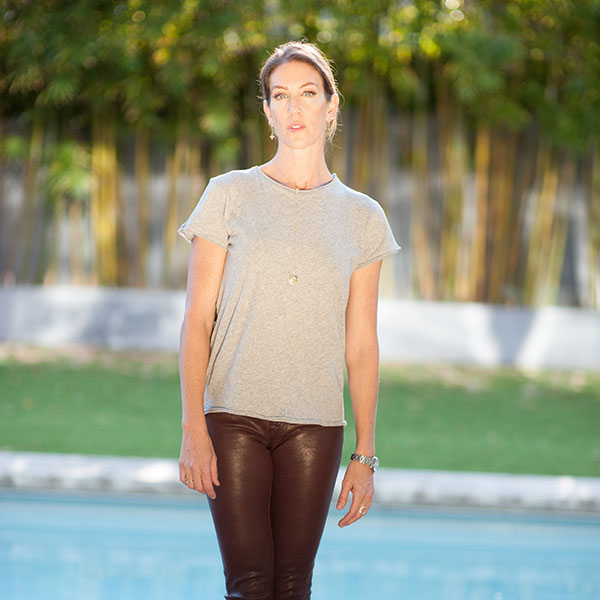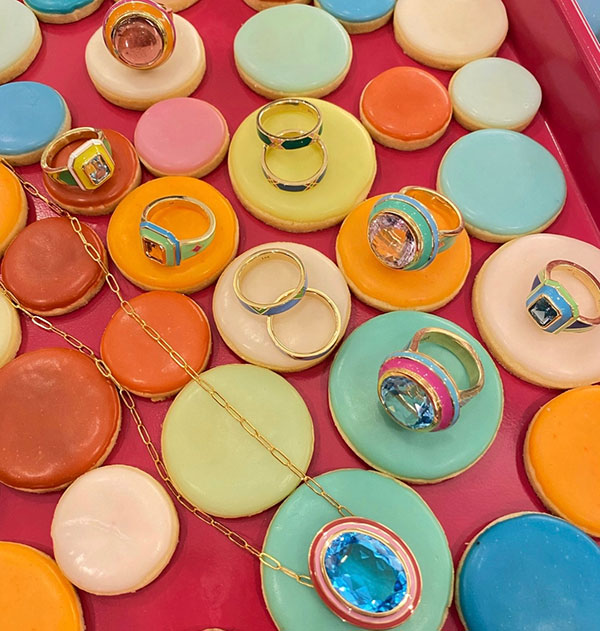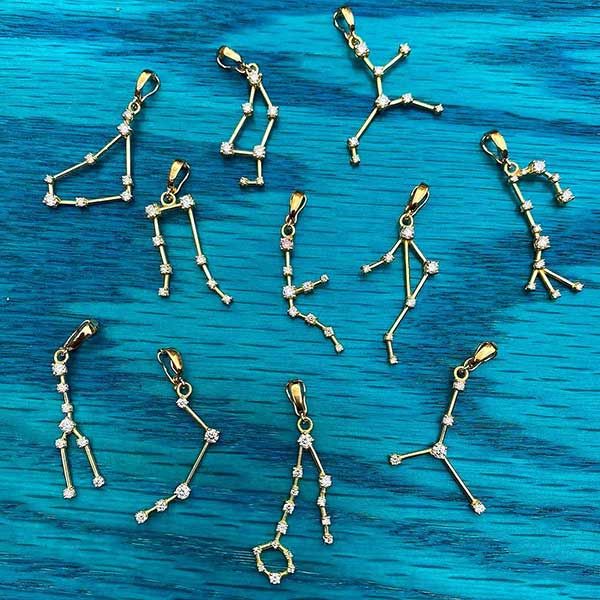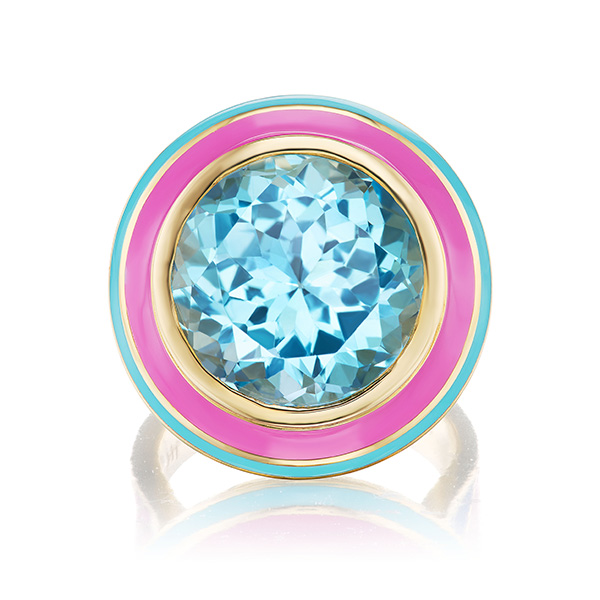
Tara Hirshberg was a high school senior when she walked into her first art history class, a course that taught her about all kinds of artworks—from ancient Greece to contemporary pieces. Just like that, she was smitten.
“I found art as a language so fascinating, and I couldn’t stop studying it,” Hirshberg says.
The California native got a Bachelor of Arts in art history and economics from UCLA—her dad was in business, and her family has a natural gift for numbers. She then received a master’s in post-war and contemporary art from the University of Manchester in England.
But there was one problem: “At the time, I didn’t know what an art gallery was.” So, she worked a few gigs in food, apparel, and advertising before landing a job as a gallery receptionist when she was 23. She worked her way up to being a sales associate, fulfilling the promise she made to herself that she would “learn to do it all.”

She moved on to the prestigious Gagosian Gallery, working as a sales associate in what she calls “a very intensive, competitive, kind of cutthroat world.” Hirshberg began dreaming of a gallery that felt approachable and accessible to people of all socioeconomic statuses.
“If we could all really start to communicate in art’s language—color, symbol, line—wouldn’t that give us more connection?” Hirshberg asks.
In 1998, she and a colleague decided to open a gallery together rather than compete against one another. The result was the Sandroni Rey Gallery, which she co-owned and directed for 12 years. Hirshberg says she put her desk up front so people saw her right away and could ask about the art, the artists, and the art world.
“Selling then was like finding a home for the work,” Hirshberg says. “It wasn’t a frenzied art world like it is now. It was much smaller and much less global. We didn’t have the internet. They had to wait until they could be in front of the painting.… We ended up doing well and amassing a good following.”

Her transition to jewelry happened in three significant ways: The art world became more global, and art was starting to be treated more like a commodity. Most significantly, Hirshberg became a mom to two sons, whom she adores. She also started making a few pieces here and there for herself, and something in her clicked. For Hirshberg, jewelry became a way to communicate.
“You are broadcasting what you think and feel about yourself and the world,” Hirshberg says.
She spent two weeks in India for her 40th birthday, and when she returned home, Hirshberg says she decided life needed to slow down. She focused on yoga again, having been a yogi since she was 18. The jewelry she saw in India resonated, and she started thinking more deeply about what she might create.
The result was Tara Hirshberg Jewelry, a business about building up a life that focuses on creative expression and her personal contributions to the industry. She describes her work as classic and using universal symbols to make something new, such as her dramatic constellations. She also focuses on using recycled gold and diamonds. Her favorite custom work is with a family heirloom, taking someone’s family ring and making it new and exciting to them, she says.

That’s how her latest collection, Cocktail, got started. A client came in with a sentimental ring from her grandmother that needed refreshing. Hirshberg reset the stone with colorful enamel, a result that was instantly cool and chic. She jokingly calls the collection “Not Your Grandma’s Cocktail Rings.”
And it is right where she wants to be—blending simplicity, fashion, and art with all of its historical implications.
“It’s about finding your voice and putting your own point of view into it,” Hirshberg says.
Top: Tara Hirshberg was an art gallery owner and curator for years before she shifted into jewelry, giving her an eye for color, symbolism, and design (photos courtesy of Tara Hirshberg).
Follow me on Instagram and Twitter
- Subscribe to the JCK News Daily
- Subscribe to the JCK Special Report
- Follow JCK on Instagram: @jckmagazine
- Follow JCK on X: @jckmagazine
- Follow JCK on Facebook: @jckmagazine






